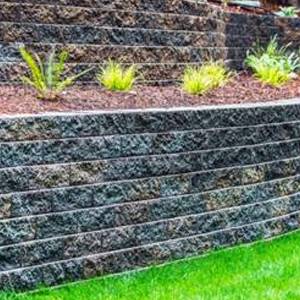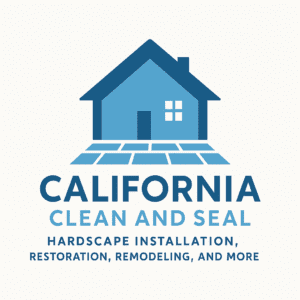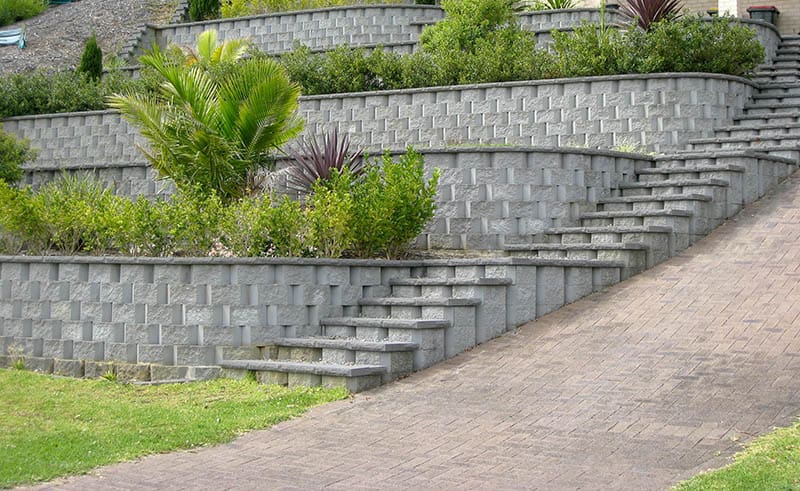Call Us for Free Estimate For Retaining Wall Installation
we offer all types of retaining wall installation Services in San Diego
Our Retaining walls Installation services
California Clean & Seal is the local contractor specializing in retaining wall Installation services in San Diego (check our blog for more info). We have a team of professional Installers who can enhance the beauty and appeal of your landscaping with an attractive and durable wall. Our company will plan and develop custom retaining wall ideas for your front or back yard to ensure they meet complete satisfaction and specifications. We can use any of the following materials ideas to build your retaining wall:
- Bricks
- Wall Stones
- Natural Stones
- Treated Timbers
- Concrete Blocks

retaining-wall-installation San Diego
Each material serves a unique purpose when constructing. Sometimes, it is good to stick with a single material, but mixing materials may also be necessary. Our team of retaining wall export employees can make that determination during the planning phase of your retaining wall development project.
Hire Our Professional Retaining Wall Installation Services Contractors Today.
California Clean & Seal offers free consultations to all new potential clients. You’ll have the chance to work with our team and address your requirements and preferences for your retaining wall installation project. You can let us know any of the following personal preferences of yours:
- Aesthetic design and style for your front or back yard
- Water and moisture drainage
- Height of the wall for privacy and security
Expertise and Experience:
Our team has specialized knowledge and experience designing, creating ideas, and building retaining walls. They understand the engineering principles required to ensure the walls are structurally sound and will effectively hold back soil and prevent erosion.
Before starting any project, our team will assess the site, including soil type, drainage issues, and slope angles. We will use this information to help our clients determine the most suitable materials and construction techniques for the retaining wall.
Quality Materials
does matter: We can access high-quality materials (pavers, cider blocks)and source them at competitive prices. Based on your budget and design goals, we can recommend the most suitable materials for your retaining wall.
Longevity and Durability:
We will ensure that it is adequately designed and constructed so the retaining walls are more likely to have a longer lifespan and require less maintenance over time.
In summary, If you need a professional contractor to build or repair your retaining wall, contact us for your free estimate: Tel 619-818-0113
Frequently Asked Questions
We provide complete outdoor kitchen installation services in San Diego, CA, including design consultation, material selection, appliance setup, countertop installation, plumbing, electrical work, and custom finishes.
The installation timeline depends on the complexity of the design and materials chosen. On average, a standard outdoor kitchen installation in San Diego, CA takes 2–4 weeks from design approval to completion.
Yes! We specialize in fully customized outdoor kitchens tailored to your space, style preferences, and cooking needs. From built-in grills to pizza ovens and storage solutions, we make your vision a reality.
We use high-quality, weather-resistant materials such as stainless steel, natural stone, concrete, and granite to ensure your outdoor kitchen stands up to San Diego’s climate and lasts for years.
Yes, we can assist with obtaining the necessary permits and ensuring your outdoor kitchen complies with local building codes and regulations.
The cost varies based on size, materials, appliances, and design features. We offer free estimates so you know exactly what to expect before we begin your San Diego, CA, outdoor kitchen install.
Absolutely. We provide warranties on workmanship and certain materials/appliances, giving you peace of mind after your installation is complete.
Yes! We can integrate sinks, bars, refrigerators, fire pits, and more into your outdoor kitchen design to create a complete outdoor living space.
We specialize in building a variety of retaining walls, including concrete block, natural stone, timber, and interlocking paver walls, customized to your property’s needs and San Diego’s terrain
The timeline depends on the wall size, materials, and site conditions. On average, residential retaining wall projects take 5-7+days to complete.
Yes, for walls over a certain height (typically 3–4 feet), a permit is required in San Diego. We assist clients with the permit application and compliance process.
Costs vary based on materials, wall height, length, and site preparation needs. We offer free on-site estimates to provide accurate pricing for your project.
A retaining wall helps prevent soil erosion, improves drainage, maximizes usable space, and enhances your landscape’s appearance and property value
Material choice depends on your budget, design preferences, and soil conditions. Our experts guide you in selecting durable and aesthetically pleasing options suited for San Diego’s climate.
Yes, we provide retaining wall repair, reinforcement, and complete replacement services to ensure structural stability and safety.
Absolutely. We use quality materials and engineering techniques that can withstand San Diego’s sun, rain, and soil movement.
Get A Free Estimate
We provide hassle-free estimates to all of our potential clients. Contact us today to set up your in-home consultation. If you need a retaining wall installation call us we can help!

